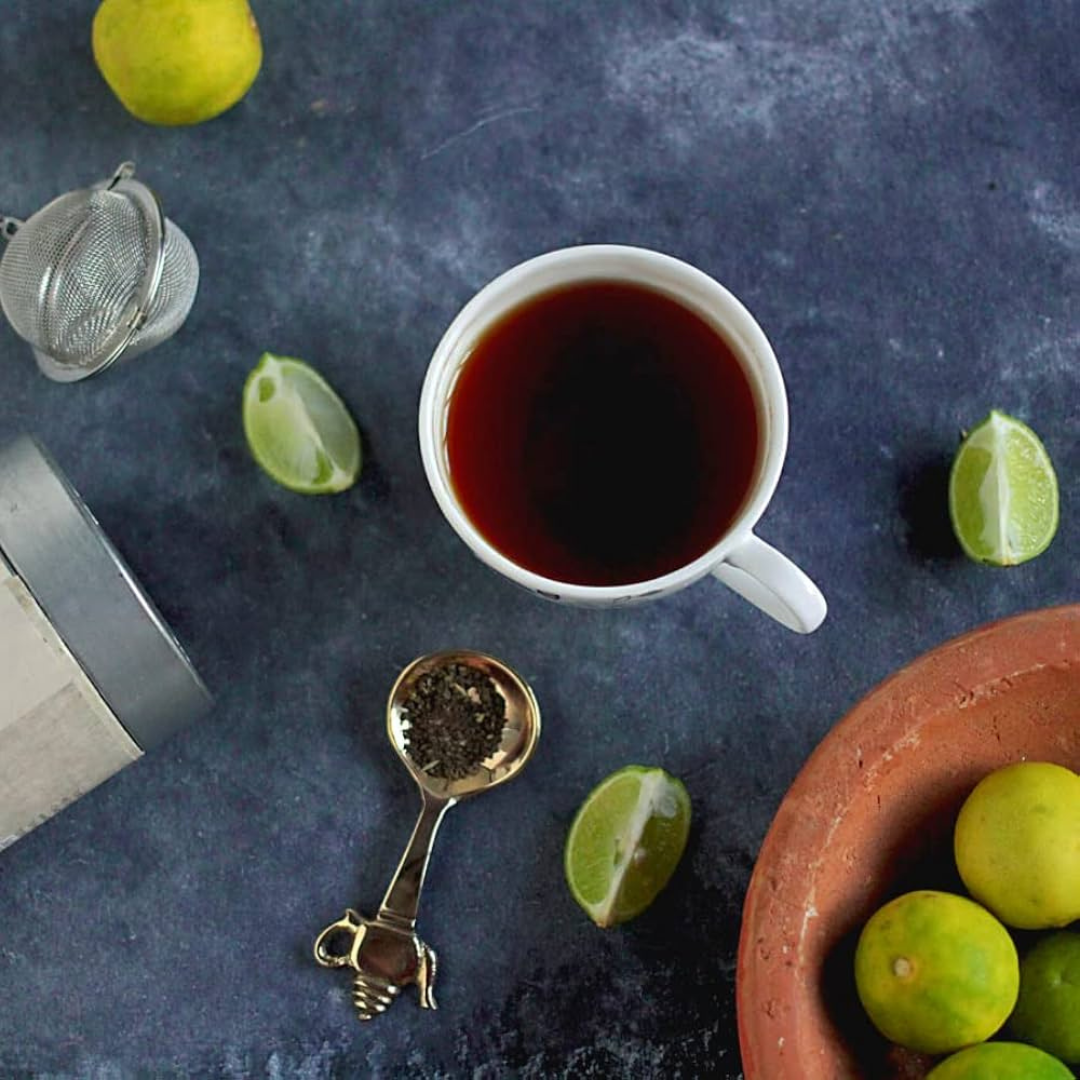Sip On These 5 Teas From Across India This Monsoon
There is nothing more comforting than sipping on a cup of piping hot tea while the raindrops stain your windows. Here's a list of five teas from across India that you should try this monsoon.
If there are two things that can bring everyone in India together, it is either cricket or a kadak chai. With the monsoon showers gracing us much earlier this year, a piping hot cup of tea will become more ubiquitous than ever before in households across the country.
The charm and comfort of sipping on a cup of tea while the raindrops stain your windows are unmatched. Here are five varieties of tea from different states of the country that must be poured into your tea cups this monsoon.
5 Types Of Indian Chai For Rainy Season
Guru Gur Chai, Ladakh
Guru gur chai, also called butter tea and po cha, is a popular daily staple in Ladakh, and its variants are available in Nepal, Arunachal Pradesh, Bhutan, and Tibet. It is prepared using tea leaves sourced from the Pemagul region of Tibet, yak butter, salt, and milk.
For most Ladakhi locals, the tea is a sign of love and hospitality, served to every guest who arrives at their house. Gur gur chai is prepared in a samovar (metal tea urn). A hearty dollop of butter that is churned in a wooden apparatus is then added to it.

The savoury tea is great to keep one warm in the low temperatures of high-altitude regions. It also comes with a bunch of health benefits including better digestion, calming the nerves, and preventing chapped lips during the winter months.
Nagori Chai, Nagaur Rajasthan
Hailing from Nagaur in Rajasthan is the rich, creamy, and milky Nagori chai. It is prepared using black tea leaves, unpasteurized milk, sugar, spices like cardamom, cloves, and ginger.
What makes this chai different from any other is the full-fat cow milk that is used to prepare it— making the tea fuller and creamier. People from the Nagori community were mainly involved in dairy farming and started selling milk and curd wherever they migrated. The tea-making business then followed course.
Today, this tea is widely available in Mumbai too, where people from the community migrated for profit.
Lebu Cha, Kolkata
Lebu cha is a zesty, refreshing, and tangy tea from Kolkata that is prepared with black tea, sharpened by freshly-squeezed lemon juice and a “moshla” (masala). In addition to the lemon juice, the standout ingredient of the tea is the “moshla”, which is a spice mix prepared using black salt, roasted cumin seeds, pepper, and ginger powder. Lebu cha is served hot without milk.

The flavourful tea is not only a household favourite but a common sight at street-side tea stalls too. Spend a relaxed evening pairing the hot tea with the crunch of jhalmuri (a bhelpuri-like dish prepared using puffed rice, vegetables, and chutney) or chicken pakoras.
Ronga Saah, Assam
Ronga saah or lal cha (Assamese word for red tea) is a reddish-brown beverage, a favourite of the Assamese— something they can sip at any and every time of the day. The tea is served piping hot and is prepared without milk which makes it less acidic.
You can either prepare a sweet version of the tea by adding a dollop of honey or a piece of jaggery, or prepare a smoky beverage using khiling paat and a blend of ginger and cardamom.
The tea leaves used to prepare ronga saah were discovered in Assam in 1823 by Robert Bruce. This finding gave way to the first tea estate being set up in Assam in 1839.
Sulaimani Chai, Kerala
An aromatic and refreshing sweet and sour tea from Kerala is the Sulaimani chai that comes from the Malabar region of India, particularly Kerala. The tea is prepared by brewing black tea leaves with spices like cinnamon, cloves, cardamom, and ginger. In order to add extra flavour, mint leaves are added along with a squeeze of lemon. It is served without adding milk, which makes it lighter. The tea is also known for its antioxidant-rich nature.
The comforting drink is usually served after heavy meals, and its origins are believed to be linked to Arab influences in the Malabar region of India. The belief is that the tea derives its name from the Arabic word, “Sulaiman”, which means the man of peace.